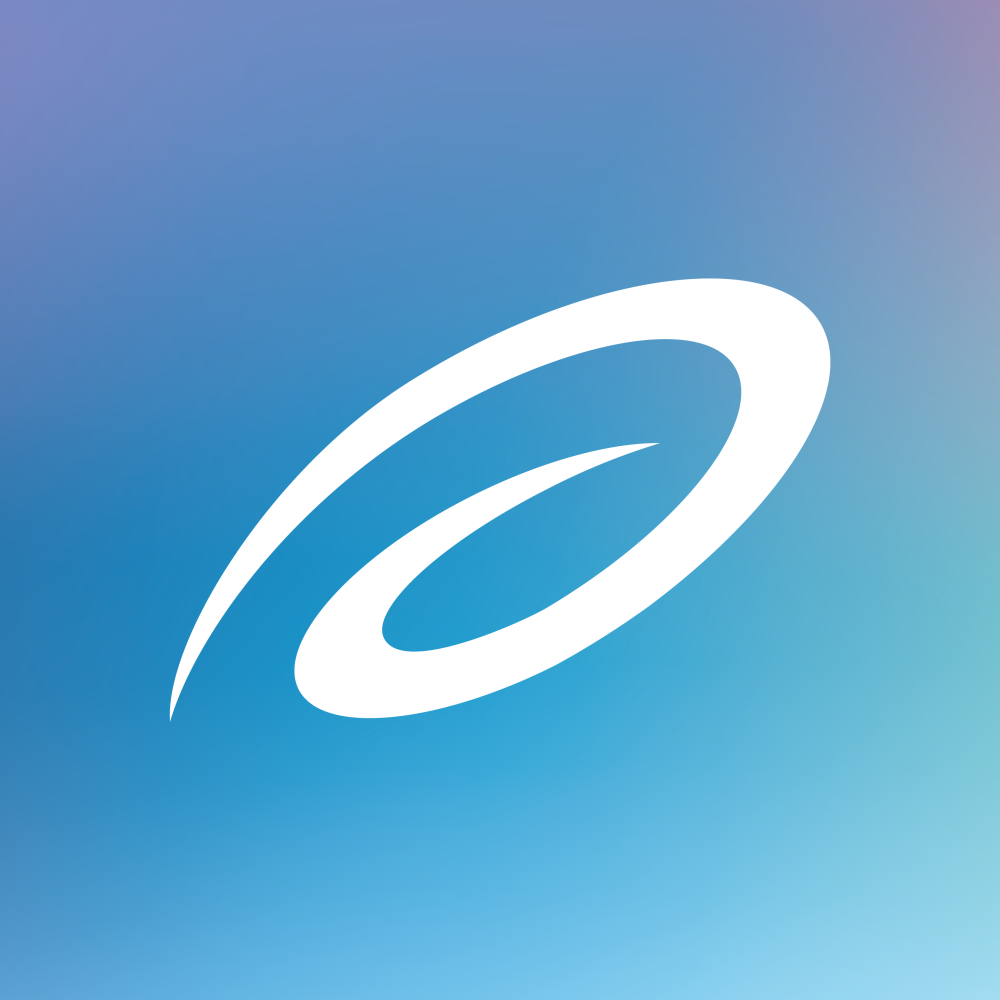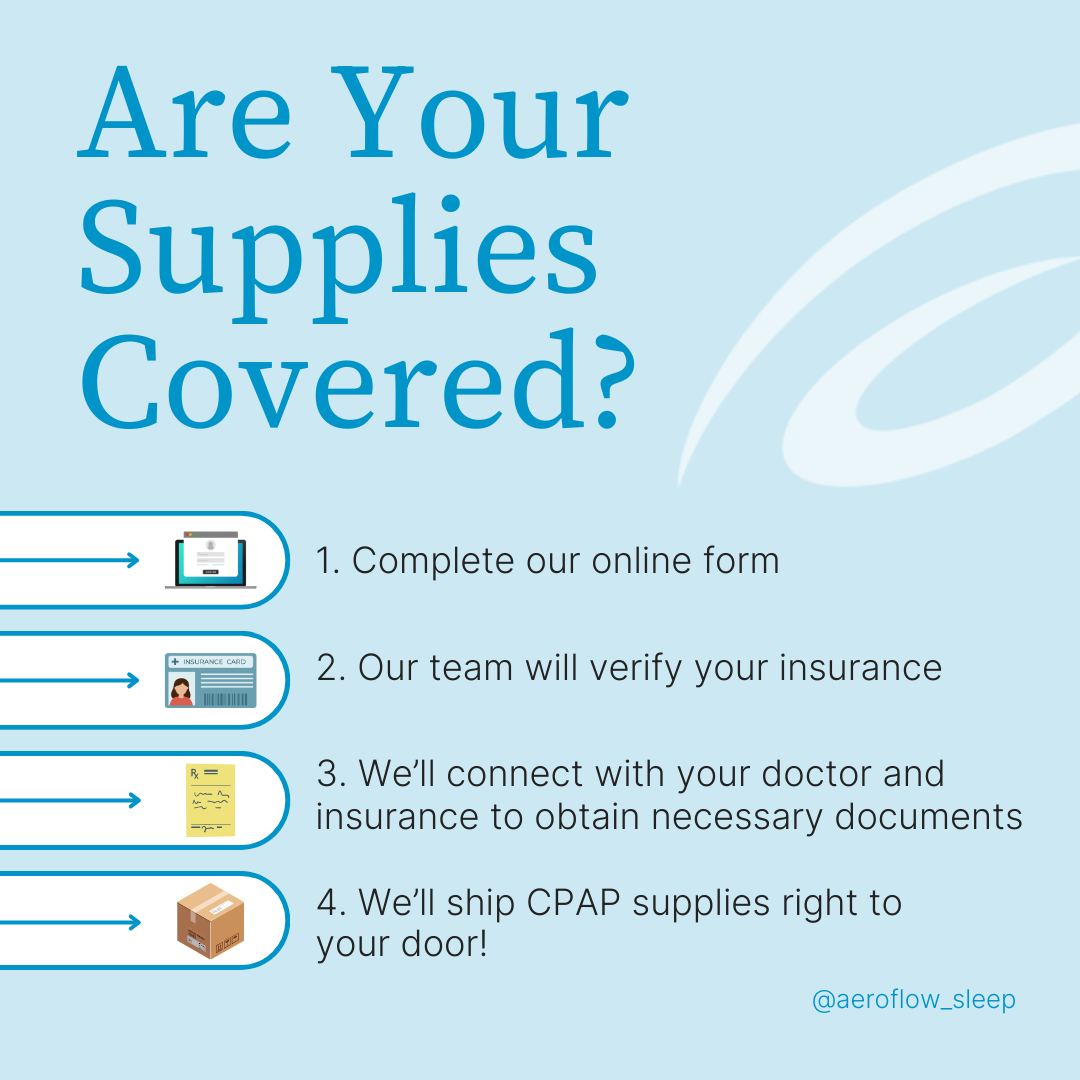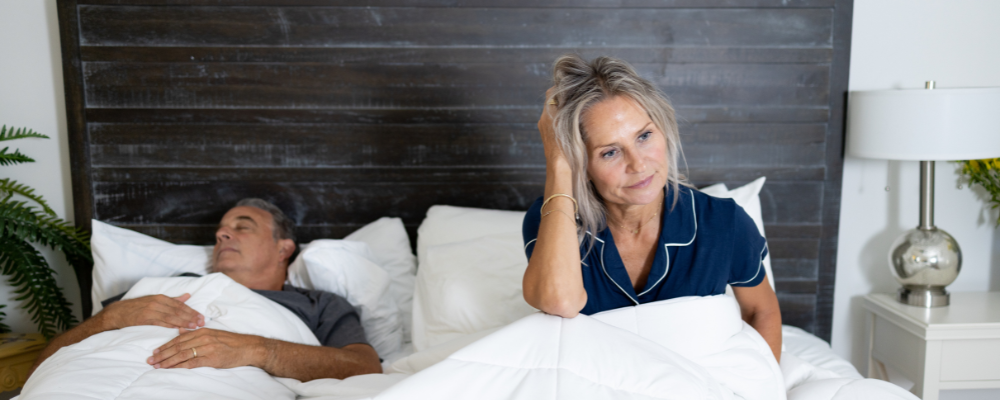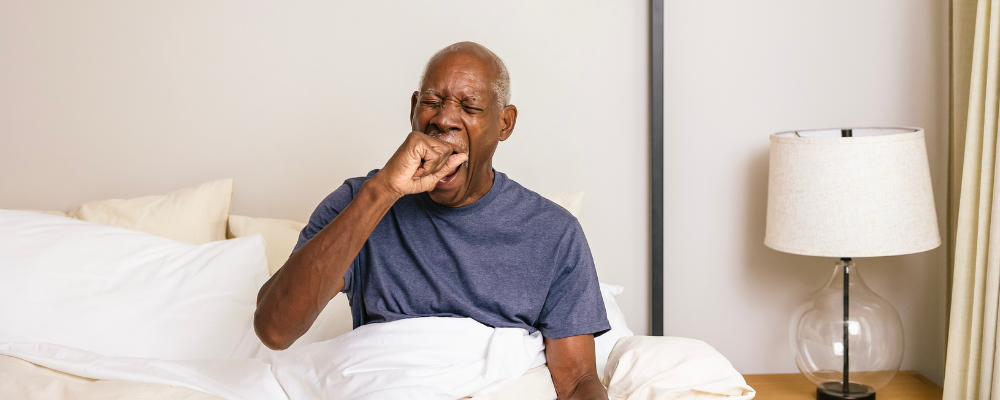Sleep health reveals surprising patterns when we examine how men and women approach healthcare differently across age groups. Our recent Aeroflow Sleep Survey 2025 shows a dramatic shift in healthcare engagement that challenges traditional assumptions about gender and medical help-seeking behavior. Let’s get into the highlights from the survey and what they mean.
Young Women Lead Early Healthcare Engagement
Women aged 18 to 29 are significantly more proactive about addressing sleep issues with healthcare providers than their male counterparts. Young women report sleep troubles at higher rates (87.3% versus 77.9% for men) and are more likely to consult doctors about these concerns, with a 9.2 percentage point advantage in healthcare engagement.
This early proactive approach reflects broader patterns in how young women engage with preventive healthcare. They demonstrate higher awareness of sleep-related symptoms and show greater willingness to seek professional guidance. Young women also express stronger desire for medical resources, leading men by 18.2 percentage points in wanting more sleep resources from their doctors.
The Dramatic Reversal at Midlife
The most striking finding emerges in the 45 to 60 age group, where a complete gender flip occurs in healthcare engagement patterns for sleep problems. Men in this demographic become dramatically more proactive, leading women by 19.7 percentage points in doctor consultations about sleep health.
This reversal coincides with increased sleep apnea diagnoses among middle-aged men, who show 34% diagnosis rates compared to 11.1% for women in the same age group. This shift may suggest that serious health concerns, particularly sleep apnea and the negative consequences associated with it, may be driving men to overcome traditional reluctance about seeking medical care.
Interestingly, men aged 45 to 60 also turned to social media for health information at unprecedented rates, with a 27.2 percentage point lead over women. Taken together, the increase in doctor consultations and higher interest in social media for medical information among middle-aged men could be a reflection of the increased prevalence of untreated sleep apnea and other disorders among this population. Of course, turning to social media can have both positive and negative consequences for where they source their information.
Social Media and Sleep Health Trends
Men lead in trying social media sleep trends across all age groups, with the largest gaps appearing in middle age. The 45 to 60 male demographic shows a remarkable 28.9 percentage point advantage in social media trend adoption, specifically, representing the largest gender gap in any measured category. Some of these trends included taking magnesium, melatonin, and lip taping.
This pattern may reflect a shift in information-seeking behavior as men become more engaged with digital health resources. However, a concerning trend emerged regarding research habits: over 60% of respondents never consulted healthcare providers before trying social media sleep trends, highlighting gaps between online experimentation and professional medical guidance.
Another important reflection is that women aged 45 to 60 may be perimenopausal or menopausal. Traditionally, there are fewer social media sleep tips for this demographic, which could contribute to the trends we see in our survey.
Senior Years: Moderated Healthcare Engagement
According to our survey, healthcare engagement patterns vary with age, with consultation rates dropping to 39.5% among those 60 and older. Senior women show the highest rates of avoiding nonmedical help resources, with 55% seeking no help compared to 33% of men.
This withdrawal may reflect generational differences in comfort with online research due to age or accumulated healthcare experiences. Men maintain slight leads in most engagement categories, but the dramatic gender gaps seen in middle age diminish significantly.
Sleep Disorder Patterns Across Demographics
Our findings show gender differences in sleep disorder diagnoses remain consistent across age groups. Men dominate sleep apnea diagnoses, particularly after age 45, while women lead in insomnia diagnoses across all demographics.
It’s possible these diagnostic patterns help explain the healthcare engagement flip. Sleep apnea's serious health implications and clear treatment pathways may motivate men to seek care more aggressively than conditions like insomnia, which often receive less definitive medical responses. It may also indicate that fewer resources are available online for middle-aged women experiencing sleep problems.
The Insurance Coverage Connection
Understanding these demographic patterns becomes particularly relevant for sleep therapy access. Many patients remain unaware that sleep apnea treatment, including CPAP equipment, is often covered by insurance with little or no out-of-pocket cost.
The gender flip in healthcare engagement suggests that, despite their increased medical proactivity, middle-aged men may still face barriers in navigating insurance systems. Luckily, streamlined qualification processes that handle insurance verification and equipment delivery can address these access challenges across all demographics.
Implications for Sleep Health Outreach
These findings suggest that sleep health education and resources should be tailored to different demographic groups.
Our research reveals that 80% of respondents want more sleep resources from their doctors, creating clear opportunities for healthcare providers to address this unmet need. And over 80% of respondents report trouble sleeping, but only 40% have tried discussing sleep with their doctor. The gender flip in sleep health engagement patterns offers valuable insights for developing more effective, demographically targeted approaches to sleep disorder treatment and prevention.
Here’s how:
-
Young women: They benefit from validation of their proactive approach and comprehensive resources.
-
Middle-aged men: This group needs clear pathways to professional care that complement their increased engagement.
-
Middle-aged women: This group may benefit from resources that involve education about sleep problems, perimenopause, and menopause.
-
Seniors: They require accessible, straightforward information that doesn't rely heavily on digital platforms.
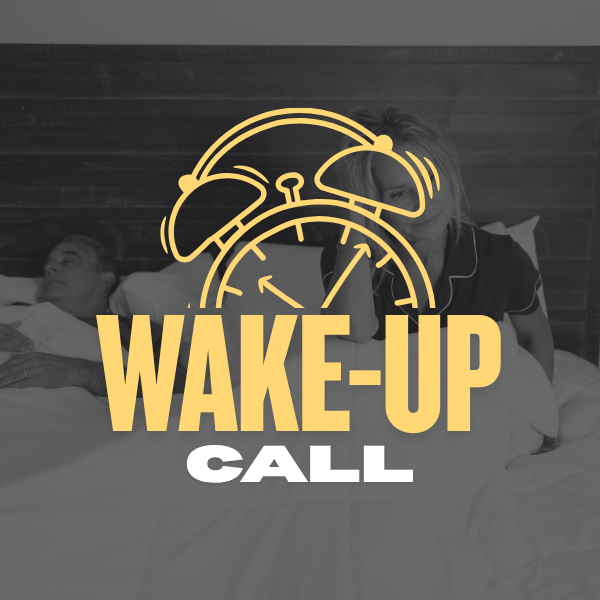

Aeroflow Sleep’s Wake Up Call
Wake up to the truth about sleep. Explore our Wake Up Call campaign to discover educational resources, expert insights, and tools designed to help every age group get the rest they deserve.
Aeroflow Sleep not only aims to educate on the importance of sleep health and where people can turn to for resources, but we also offer simple ways to get better quality sleep.

